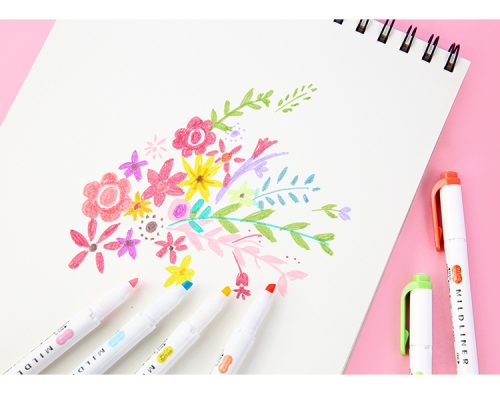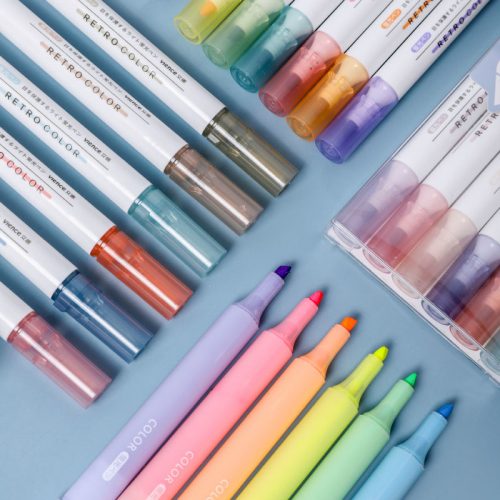The printing on a pencil typically includes information such as the brand name, logo, pencil type or grade (e.g., 2B, 2H), and sometimes additional promotional or decorative elements. Printing on pencils is usually done using one of the following methods:
- Hot Stamping: Hot stamping is a common method for printing on pencils. It involves using a heated metal die with the desired text or design. The die is pressed onto the surface of the pencil, transferring the foil or ink from the die onto the pencil’s wood or paint. This method is often used for branding and adding decorative elements to the pencil’s surface.
- Silkscreen Printing: Silkscreen printing is another method used for pencils. In this process, a stencil (made of silk or a similar material) is placed over the pencil, and ink is pushed through the stencil onto the pencil’s surface. This method allows for more intricate and detailed designs and is often used for logos and promotional messages.
- Pad Printing: Pad printing is a versatile method for applying ink to irregularly shaped objects like pencils. It involves using a silicone pad to transfer ink from an etched plate onto the pencil’s surface. This method is suitable for printing on both wood and painted surfaces.
- Laser Engraving: Laser engraving is a precise and permanent method for marking pencils. It involves using a laser to remove a thin layer of the pencil’s outer coating, leaving a permanent engraved mark. Laser engraving is often used for personalization and branding on high-quality pencils.
- Direct Printing: Some pencils are printed directly during the manufacturing process. This can include using a printing press to apply ink or paint to the pencil before it’s cut into individual pieces. Direct printing is common for adding brand names and pencil grades.
- Decals or Labels: In some cases, small decals or labels with pre-printed information or designs may be applied to the pencils. These decals are usually made of paper or a similar material with adhesive backing.
The choice of printing method depends on factors such as the manufacturer’s capabilities, the desired design complexity, and the intended use of the pencils. Each method has its advantages and limitations in terms of cost, durability, and the level of detail that can be achieved.


